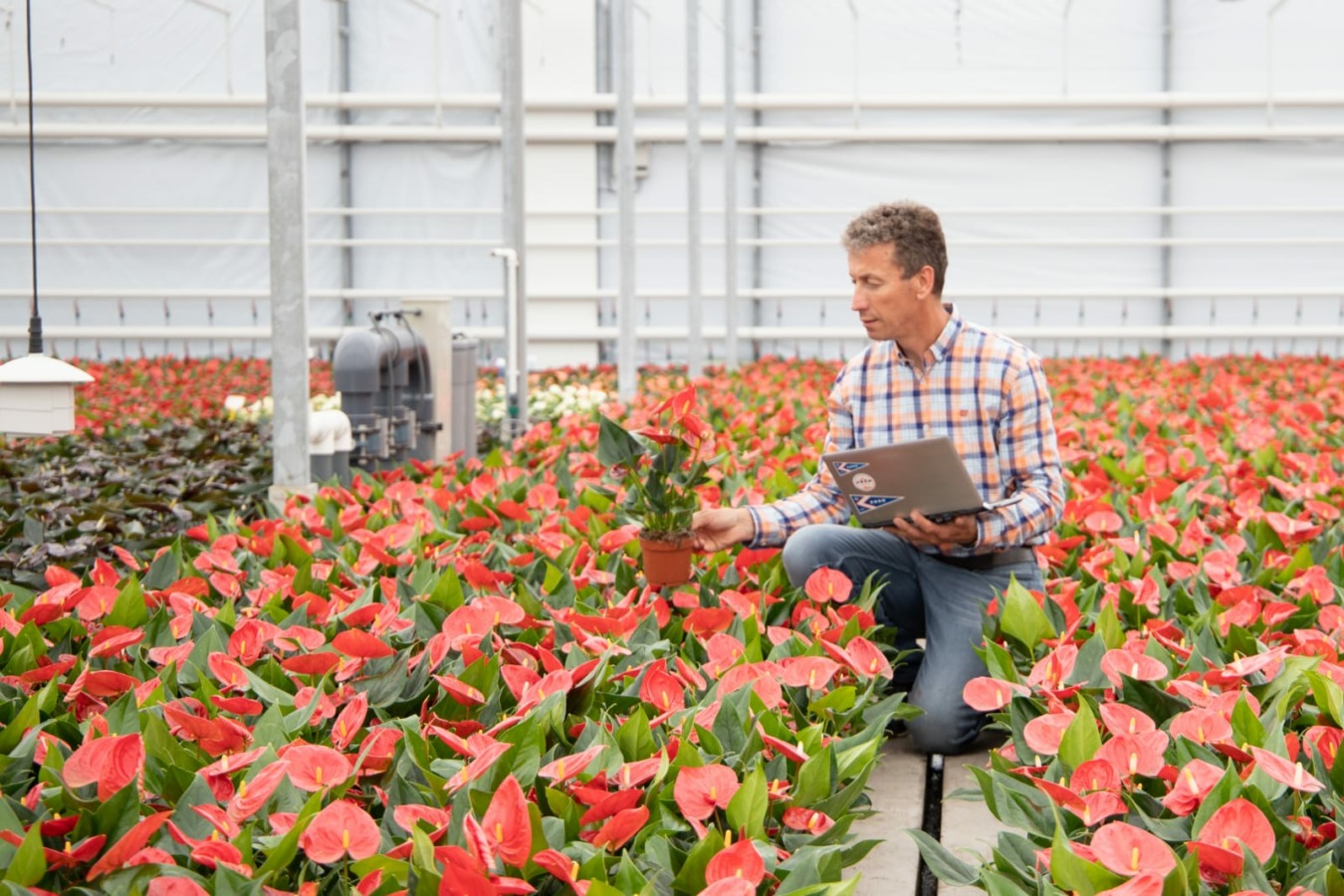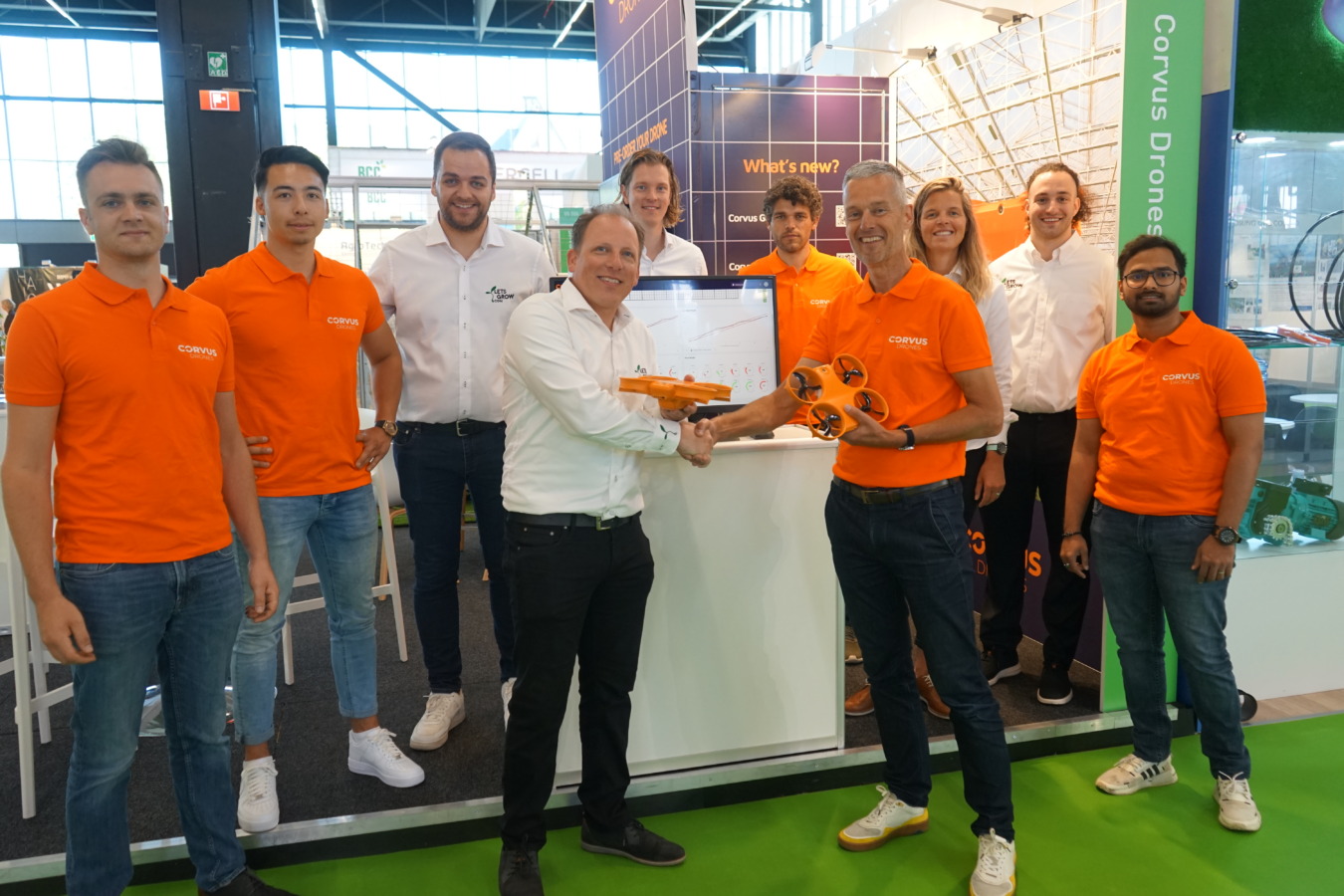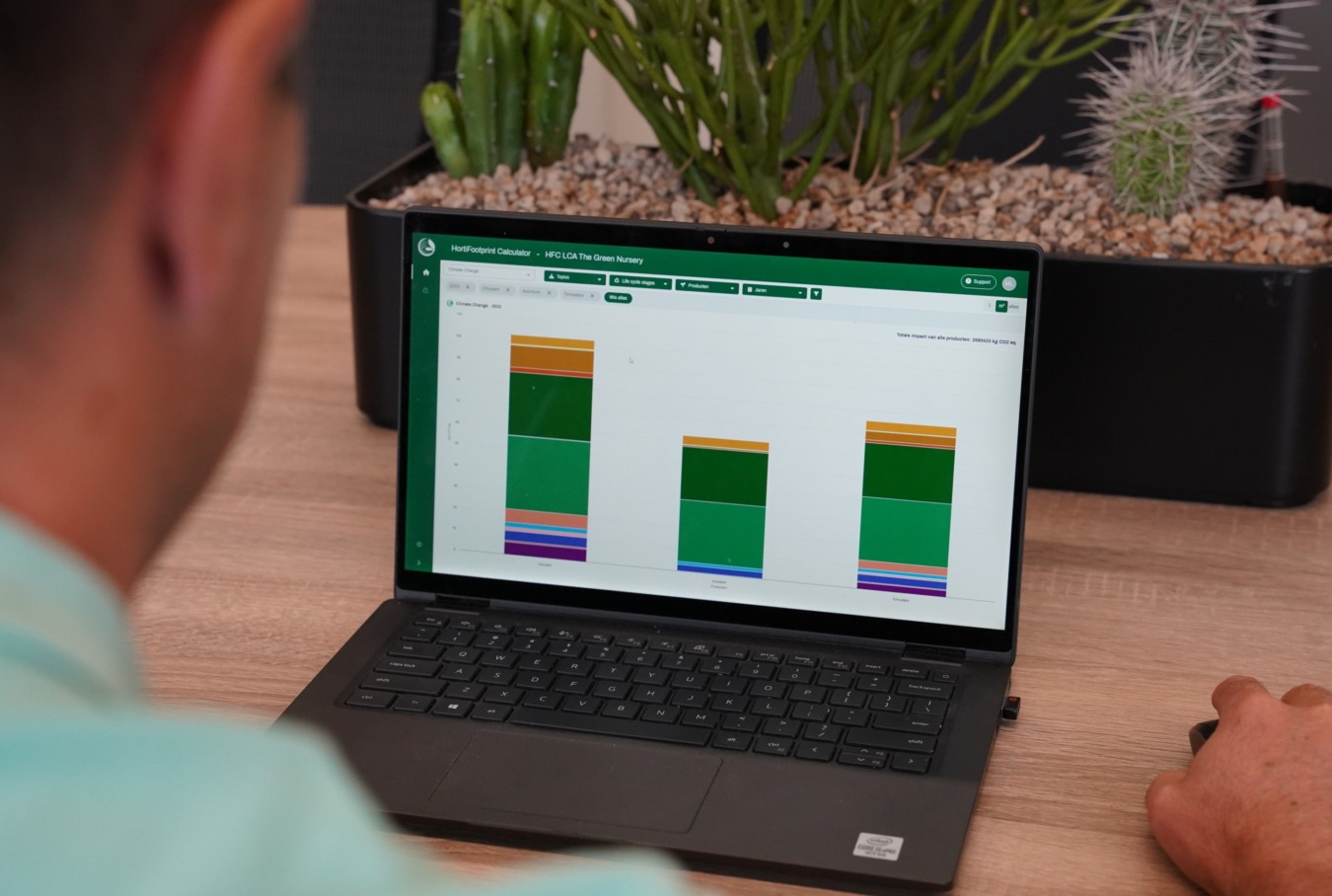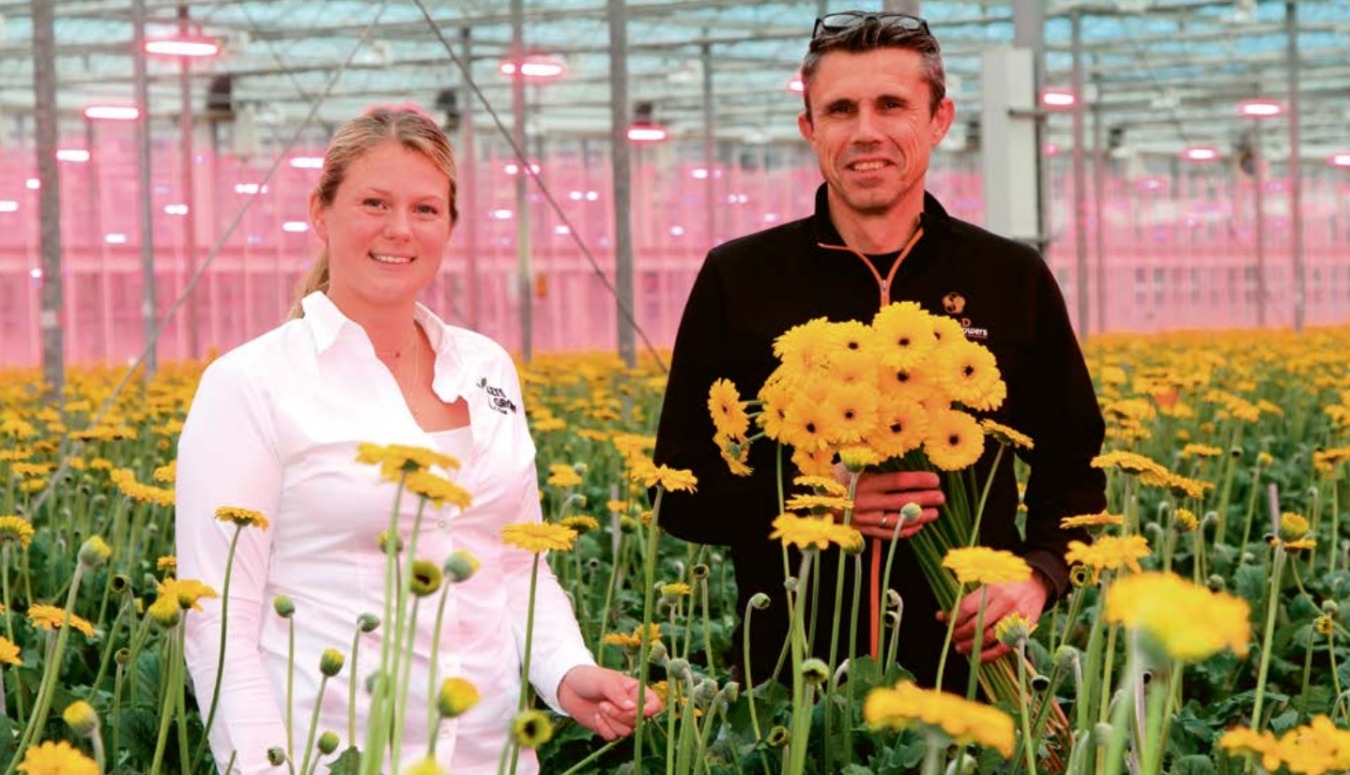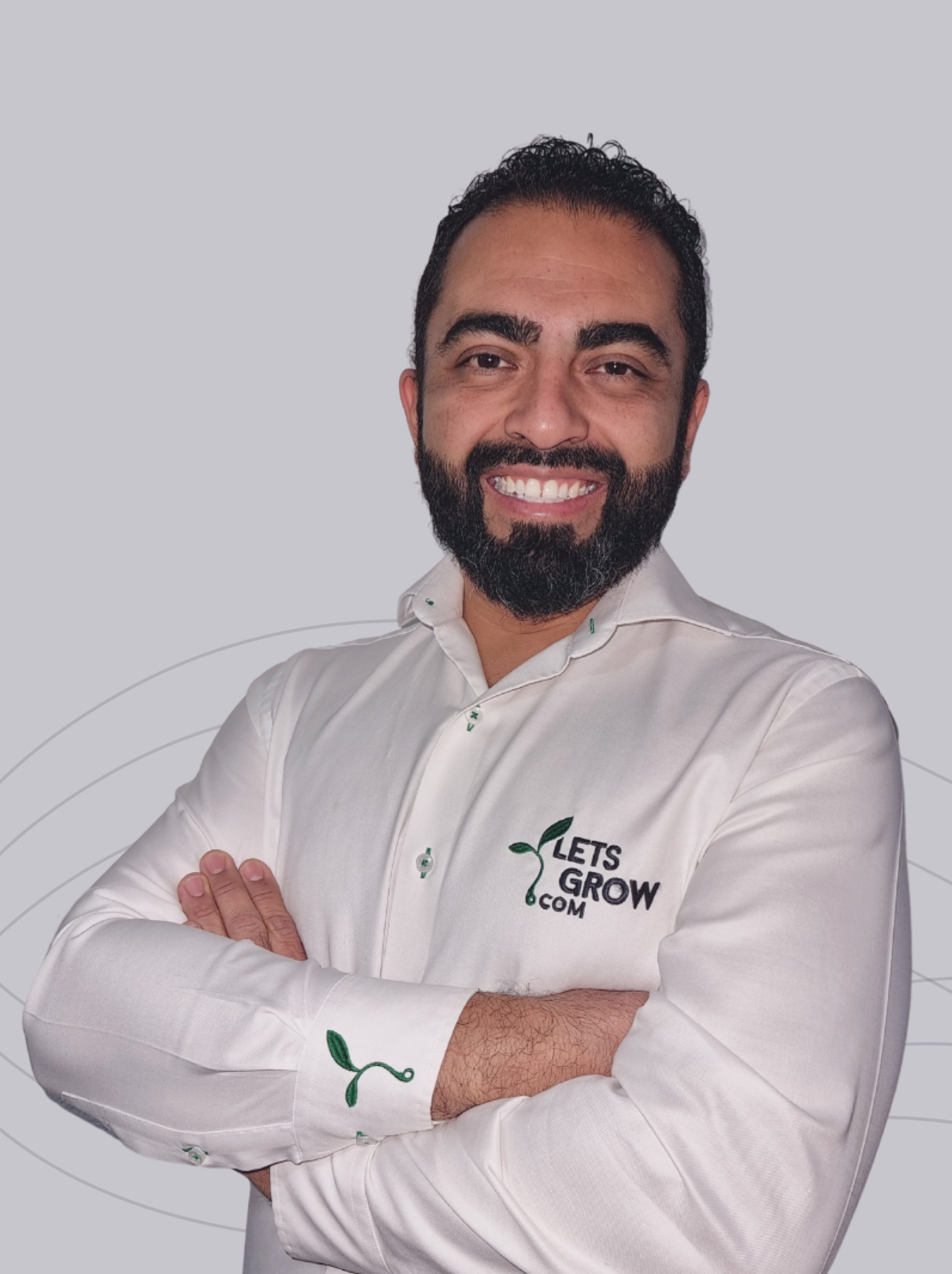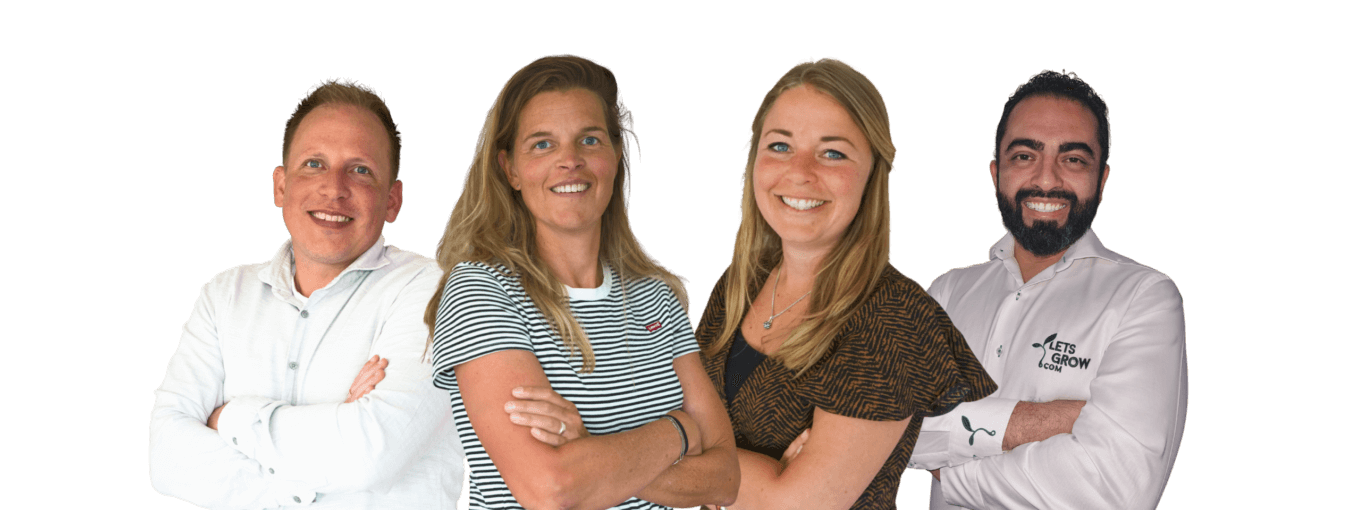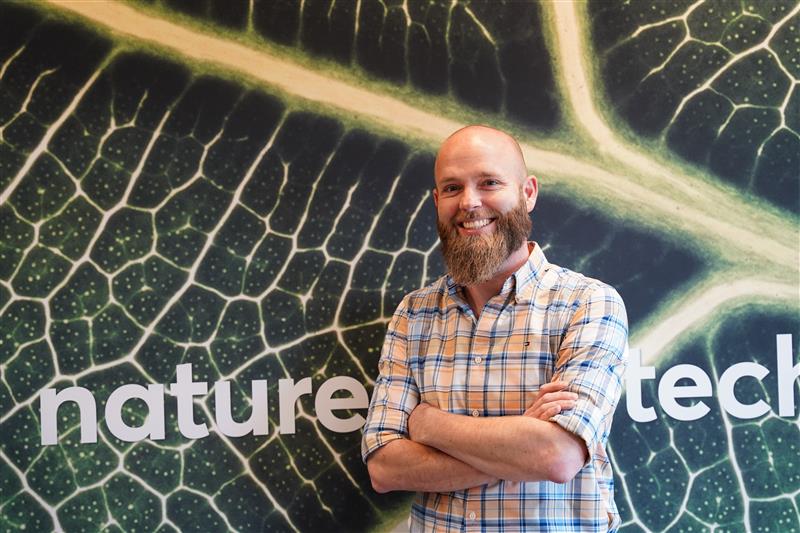
Smart technologies, Artificial Intelligence, and Big data are all kinds of terms that you see more and more often. But what does it do, what can it mean for you as a grower and how do you start with it? These are all kinds of questions that we often get. To give more explanation about this, we have written a number of blogs. Read 'The sense and nonsense of Artificial Intelligence' here.
Did you know that a modern-day cell phone is a million times more powerful than all the computers combined that made the moon landing possible in the 1960s? With that thought in mind, it’s clear that a lot has changed when it comes to cell phones and computers. In fact, a cell phone today is packed with Artificial Intelligence (AI). AI refers to the application of human intelligence in machines. Machines are programmed to think like humans, mimic their actions, and solve problems. AI is a technology that is growing very rapidly due to the development of fast and very powerful computers. A good example of AI is, for example, Google Maps. With Google Maps, your phone knows exactly which route to take. Better than you ever could. This is because your phone can process more data at once than you can.
AI is a term that is also used frequently in the horticultural industry. Because of this, one sometimes gets the impression that AI is going to solve all future problems in the industry. Think, for example, of the shortage of employees and specifically trained growers. Will AI then ensure that all work can be taken over by robots in the future? A dream for some, but also a horror scenario for many. Is AI going to replace people? The answer to that, in our opinion, is; no.
At LetsGrow.com we believe that AI helps to make better decisions, but it is certainly not going to replace a grower or crop advisor. AI does bring the grower and crop advisor possibilities to control larger areas from a distance. Expert Knowledge combined with Artificial Intelligence is the golden combination as far as we are concerned. But more about that later.
So how exactly does AI work?
It is often thought that as much data as possible from different growers together is the recipe for developing an algorithm. An algorithm that might make automatic cultivation possible. However, this is not the right way. Firstly, because data of growers always remains the property of the grower and cannot be used in this way. Secondly, because using data from the past to develop algorithms and predictions for the future, does not ensure optimization. In that situation, one takes any “mistakes” from the past into development. AI makes it possible to perform tasks faster and sometimes better than people, but only if the algorithm is built properly.
A good example of a good working AI-related innovation is Philips’ Intellivue Guardian Solution, which is used in hospitals. This AI-related innovation is a smart system that, through the right sensors, measures the heart activity and respiration rate of patients. Smart and carefully constructed algorithms predict when a patient might develop complications and then preventively call in a medical team. This preventive intervention reduces patient complications, ultimately reducing ICU admissions and thus reducing the pressure on doctors and nurses who can focus on patients who need extra care rather than routine tasks such as standard checkups. This system is a good example of how AI can provide optimization.
So what about horticulture?
Over the past 50 years, much scientific research has been done on plant physiology and physics in and around a greenhouse. As a result of this research, we now know how a plant grows and how to make the plant as comfortable as possible. Optimum conditions ultimately ensure a high-quality crop and a higher yield. Growers and cultivation advisors use their own experiences and calculations for this, which we also call Expert Intelligence (EI). Systems can already be set up to issue alerts to the grower when needed. This already ensures that growers can focus on more strategic matters. LetsGrow.com contributes to this by visualizing and analyzing the grower’s data. These results make it possible to cultivate in a data-driven way. But it can be even more extensive.
When we combine outcomes from EI with other external data, such as weather forecasts, for example, it is possible to use those data to create an optimal situation for the plant. For example, it is possible to use an optimally constructed Machine Learning model to predict when plant stress may occur in the plant. A grower can therefore use this information to adjust the cultivation strategy to prevent this plant stress from actually occurring. In this way, the combination of data, EI, and AI help to provide predictive insight to the grower. This gives the grower the possibility to create an even more stable and optimal crop. A situation with only winners if you ask us!
There are so many more possibilities with AI. Think of automatic image recognition by placing cameras in the greenhouse. Together with partner Gearbox, LetsGrow.com is already making this possible. In addition, LetsGrow.com also works together with HortiKey and their Plantalyzer. This is a robot that rides along the pipe rail and takes pictures of the crop. The advanced AI in this robot is able to recognize the number of fruits or flowers in the path or to analyze growth. This recognition makes it possible for LetsGrow.com to make more accurate yield predictions and visualize them in our dashboard MyLetsGrow. A grower can use this data to work in a more targeted way by, for example, using the sales of his product correctly and selling at higher margins.
So is AI now taking over from humans?
No. At all times it is important that the combination of computer and human remains. A combination of Expert Intelligence and Artificial Intelligence. Humans determine the strategy at the start of the process based on the commercial requirements for that year. In addition, humans must always be able to intervene in case of calamities. AI therefore certainly does not make people superfluous, but it does enable people to manage and optimize larger areas without being too preoccupied with peripheral issues.
Stay informed
"*" indicates required fields

